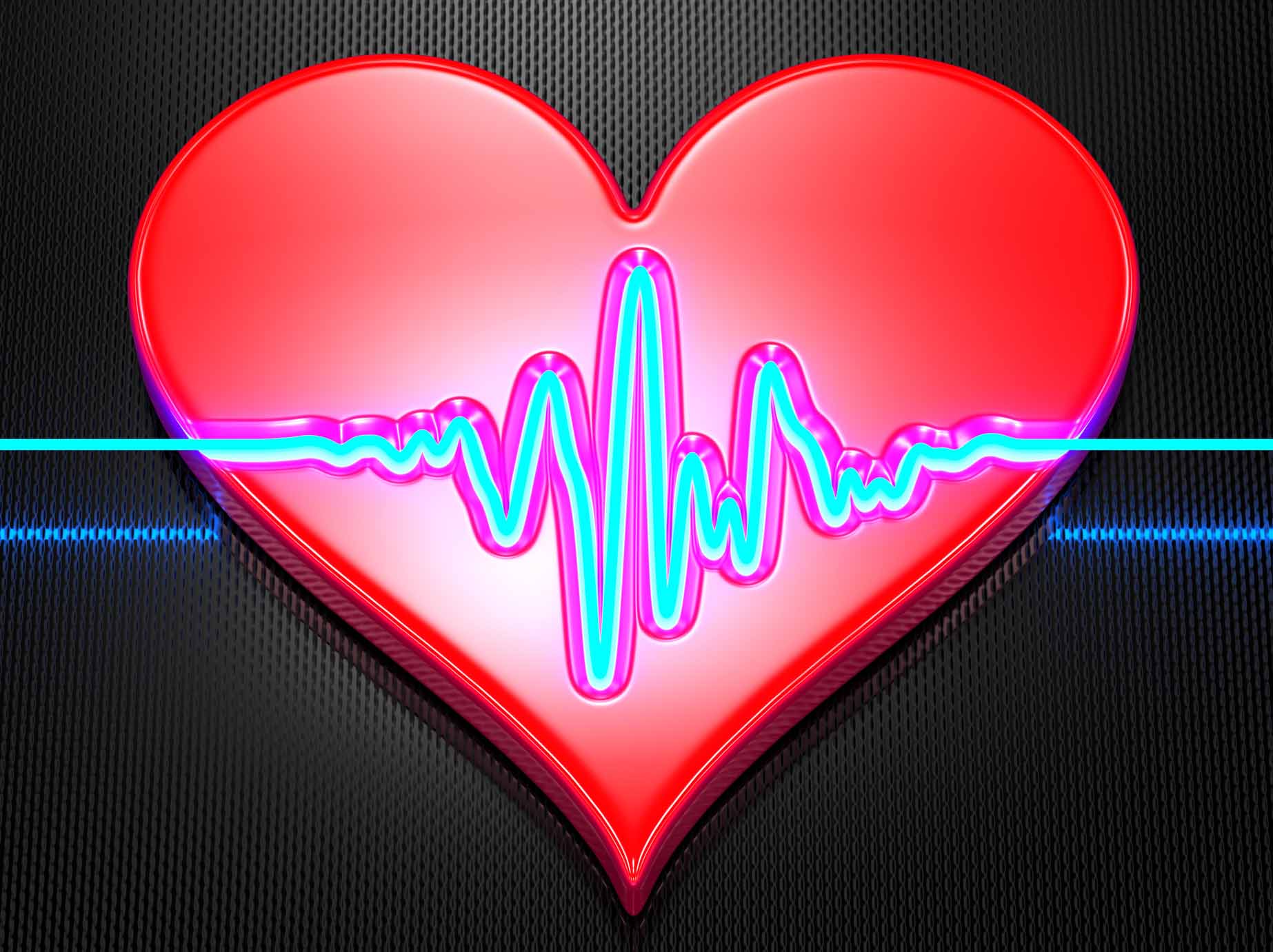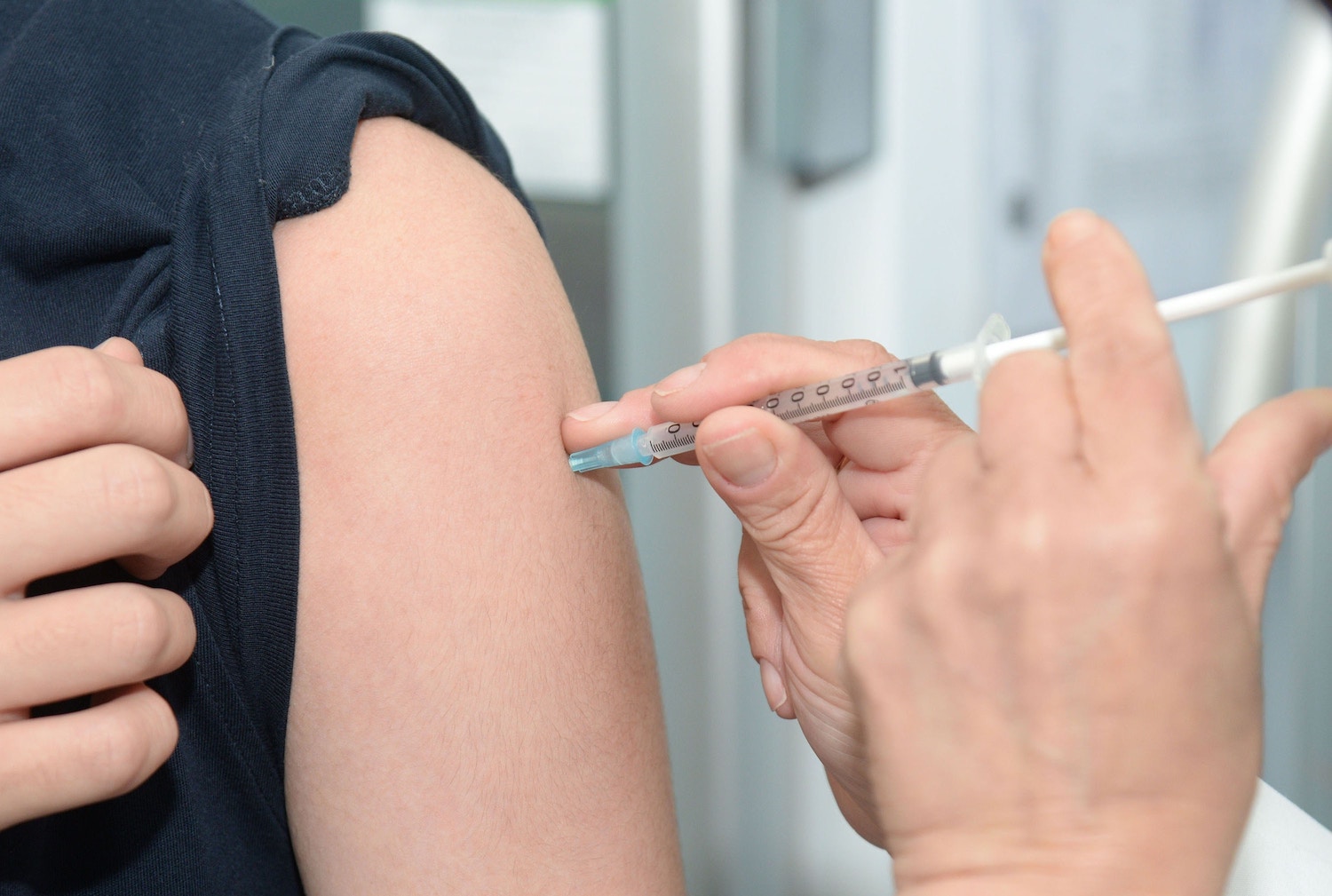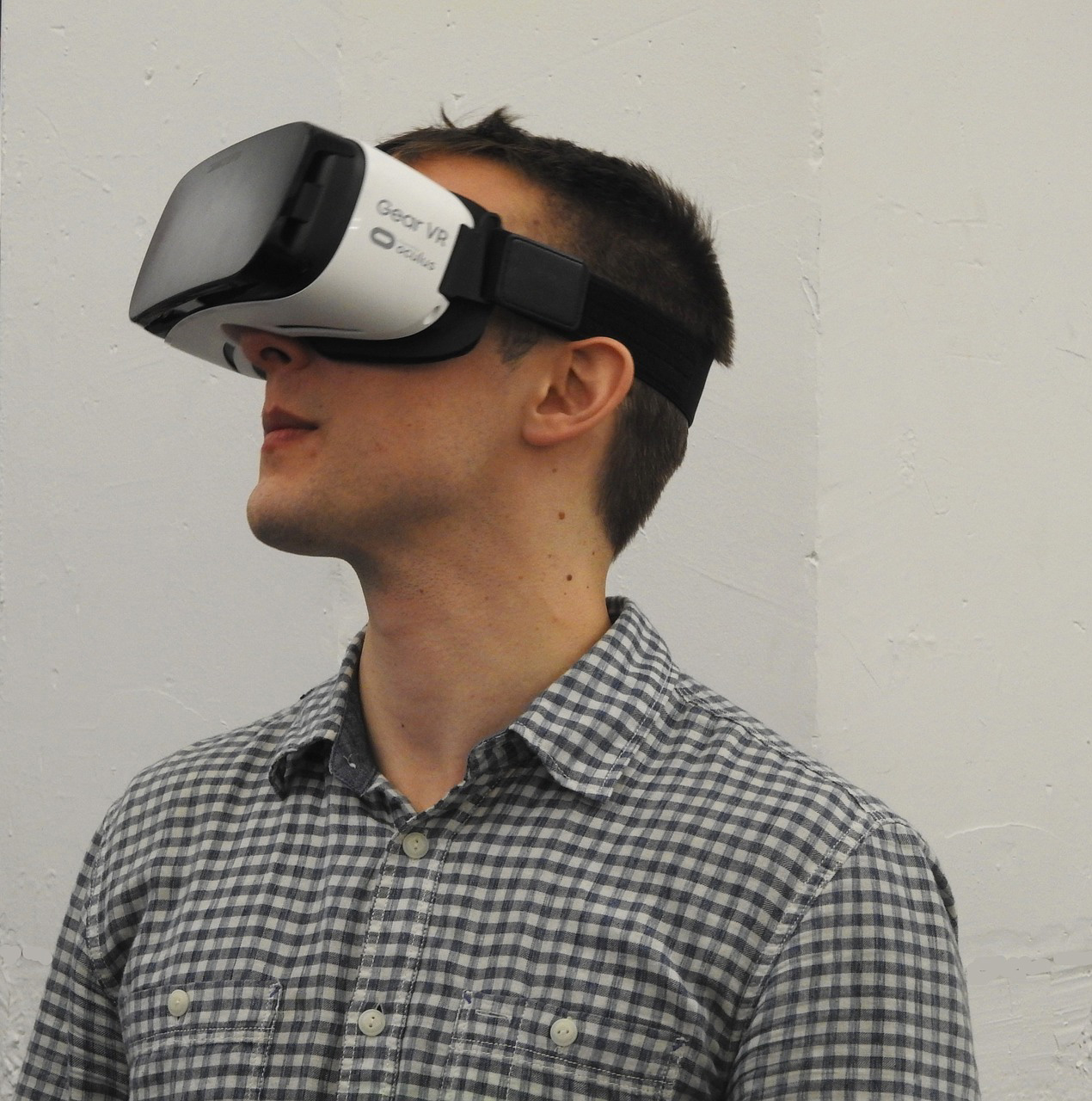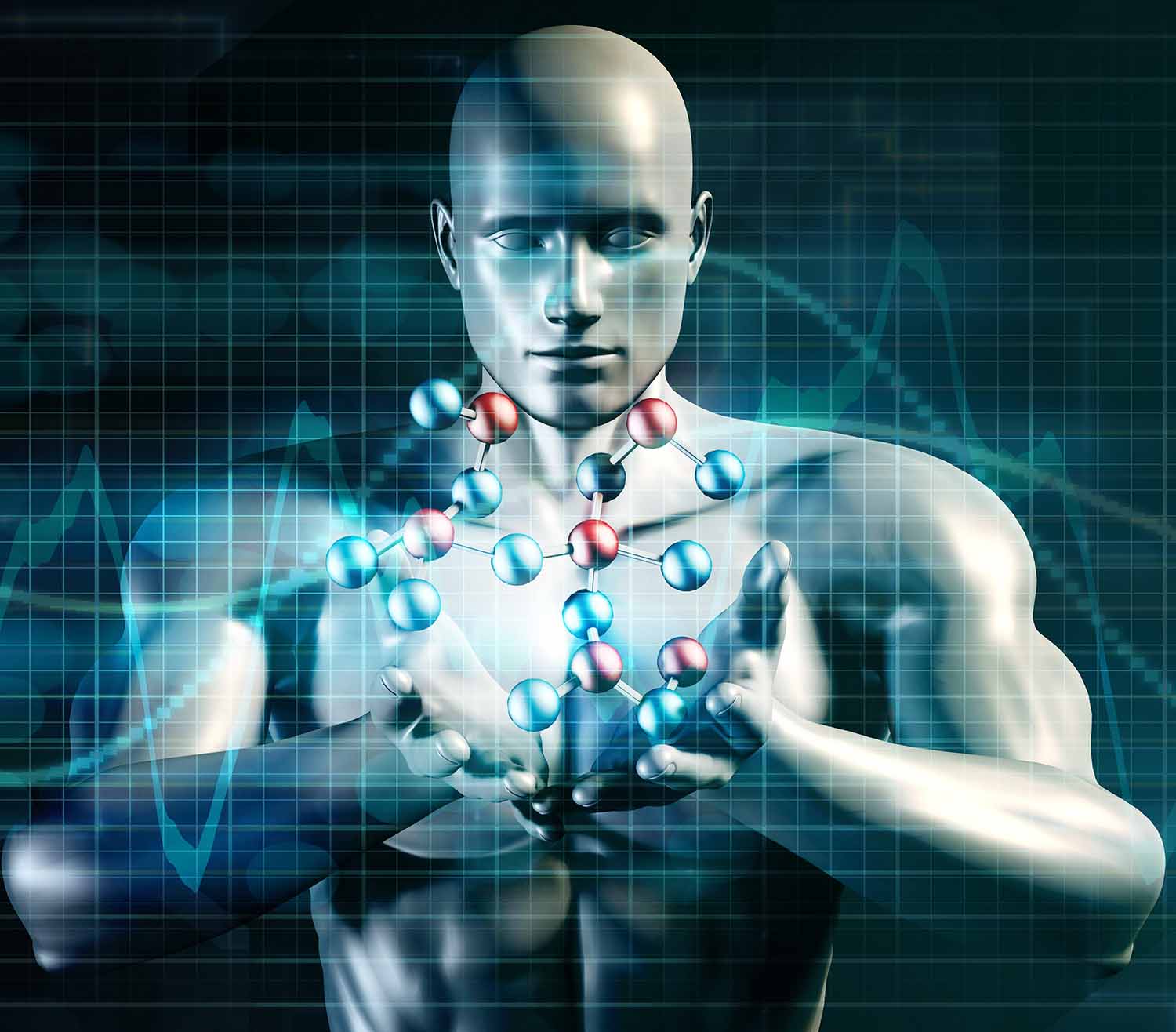Almost 2 million people are diagnosed with cancer every year. Regardless of the type of cancer diagnosed, experts agree that early detection increases the chance of successful treatment and remission.
Luckily, there are some new technologies that may soon make it easier to detect cancer earlier. This should improve the survival rate of this often deadly disease.
Breast cancer: early detection Is key
More than 40,000 women have died from breast cancer in the United States alone. As mentioned above, early detection is the key to improved survival. In fact, ninety percent of women who are diagnosed in the early stages of the disease will survive.
Traditionally, doctors have relied on mammograms to detect changes in breast tissue that could indicate the growth of cancerous tissue. Unfortunately, mammograms are not always accurate, particularly for women with dense breast tissue. However, an innovative new “Internet of Things” (IoT) bra may change that sometime soon.
Related content: Cyrcadia Health: A Wearable, Social Breast Cancer Screening Bra (includes video interview with the 1st CEO):
Known as the iTBra, this Wi-Fi enabled garment contains 16 sensors that can detect changes in the wearer’s breasts. After wearing the bra for two hours, the data is transmitted directly to the patient’s physician. This data is then paired with a predictive algorithm that analyzes the information for known risk factors.
While it’s no replacement for an annual mammogram, this IoT bra could alert patients and physicians to changes between their yearly appointments.
The product is still under development and has not yet been approved by the FDA, but Crycadia Health, the company that makes the device hopes that one day it will make early detection as easy as putting on your bra.
Wearable Tech and Patient-Generated Health Data
A cancer diagnosis generally means that the patient will pass a lot of time in hospitals or clinics. However, that is not where they’re spending the majority of their day. That place is their home.
In the future, that home may be filled with IoT-enabled devices that could transmit patient-generated health data to their doctors. The information obtained from these devices could include vitals such as heart rate, pulse ox, and respiratory rate.
In addition, IoT-enabled pillboxes, appliances, and even toothbrushes could also generate a plethora of useful data. Yet other devices will detect time in bed, falls, and even gait.
All of this information will give clinicians (and family members) a better idea of how patients are faring at home. For example, if IoT devices detect that the patient hasn’t left their bed in a number of days nor opened their pill box in a week, the system could alert their physician to take appropriate measures to check on their patient.
Improving Treatment
While current cancer treatments — surgery, radiation, chemotherapy, and immunotherapy — are generally effective. However, in some cases, their side effects may be significant. Scientists are now starting to use artificial intelligence (AI) and machine learning (ML) to formulate treatments that are just as effective while mitigating the some of the toxic side effects.
Using machine learning and years of diagnostic data, researchers have programmed an AI system to formulate a cancer treatment plan that uses the lowest doses possible while still delivering effective treatment. In a simulated trial, doctors were able to reduce the dose of a medication by 25-50% while still effectively shrinking the tumor.
It’s important to note that only one type of cancer was included in this study. And, as of the time of this writing, the trials are purely simulations. But, it is definitely a step in the right direction to use AI and ML to make cancer treatments more effective and less toxic.
Mobile Medical Apps
Cancer treatment and prevention aren’t the only medical fields benefiting from IoT and artificial intelligence. A variety of medical apps for your cell phone could potentially help save your life in the future.
When surveyed, 93% of doctors stated that they believe medical apps could improve patient health in the long run.
These apps will eventually be subject to FDA regulation and testing, especially if they’ll collect information for medical professionals to use. But for now, you can download GoodRX to find the best price on your prescription, RedCross First Aid to learn how to respond in an emergency, or Doctor on Demand to talk to a remote physician in the comfort of your own home.
Using AI and Machine Learning for prediction and prevention
Artificial intelligence and machine learning, when paired with a powerful supercomputer, is capable of processing more information in a week than an oncologist could sort through in their lifetime.
Medicine as a whole generates petabytes of data every year, from diagnostic information to patient demographics. AI and ML are starting to make an appearance in imaging sciences — helping radiologists analyze X-ray and MRI/CT images to create more accurate diagnoses.
Related content:
These 6 Next-Gen AI Tools are Revolutionizing Healthcare
The MedsEngine: Chronic Condition Management Takes a Leap
By feeding the images into a machine learning system, the computer can sort through past images to find comparisons that can assist in diagnoses. It completes this task in a fraction of the time that it would take a human technician to do the same.
So why are these tools missing from cancer prediction and prevention? Part of the blame lies in the fact that this technology is still in its infancy. Bringing AI and ML into oncology offices and hospitals will require substantial investment as well as additional training to navigate the system. Many professionals are hesitant to make that leap because the technology is so new and will continue to evolve in the coming years.
Conclusion
Many of the technologies mentioned are still in their infancy. Most of them haven’t even reached the first stage of FDA trials. But that shouldn’t discourage us. Although these new technologies will not provide a cure for this deadly disease, they are moving us toward better diagnostics and treatments that will extend and improve the quality of life of people living with cancer.
Related Content: Recent Advances in the Treatment of Cancer
Kayla Matthews
Website:
http://www.productivitybytes.com
Kayla Matthews is a journalist and MedTech writer who has been writing about technology for nearly a decade, which has helped her gain a new perspective on various innovations across the healthcare industry.
After graduating Summa Cum Laude from Shippensburg University with a B.A. in English, her journey led her to discover a passion for writing paired with an interest in cutting-edge tech, which is when she started blogging.
Since then, she's been recognized as IBM's 2018 THINK Conference VIP Influencer and has showcased new medical discoveries via Medical Economics, HIT Consultant, Digital Trends, VentureBeat, Inc.com, The Healthcare Guys and more. Her pieces have discussed a variety of medtech topics, from devices and trending gadgets to how healthcare fraud is affecting medical professionals.
To read more medical and tech news articles by Kayla, check out her website Productivity Bytes or follow her on Twitter @KaylaEMatthews.
















Comment will held for moderation